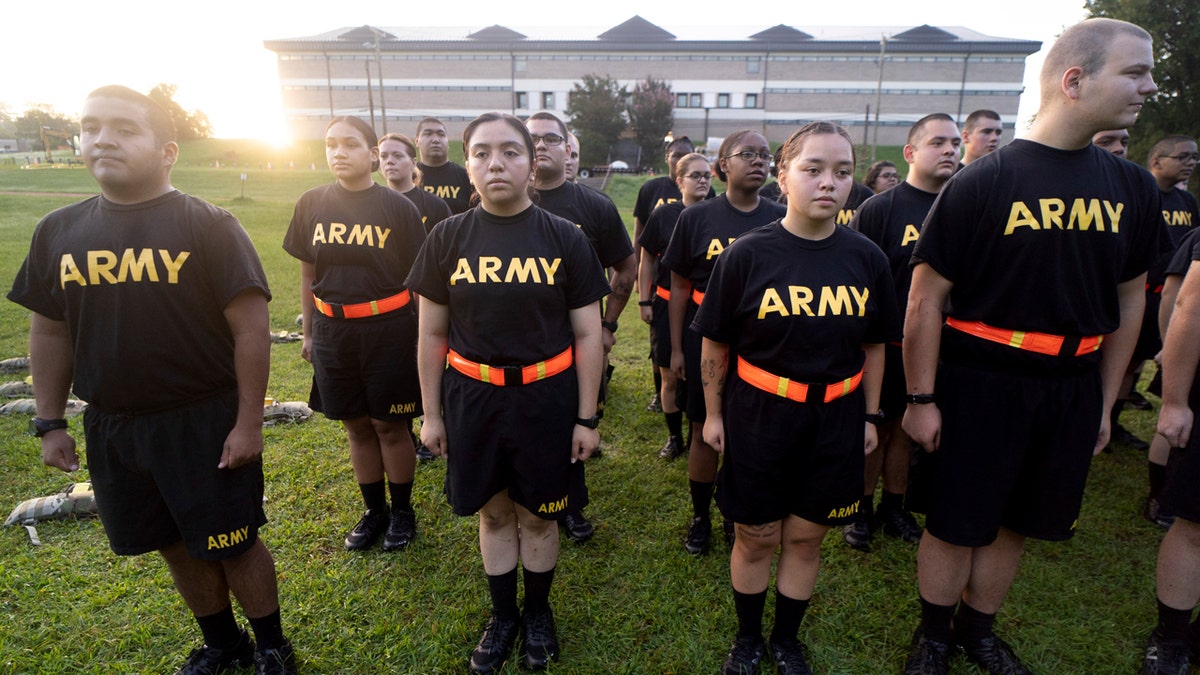Fox News Flash top headlines for December 28
Fox News Flash top headlines are here. Check out what's clicking on Foxnews.com.
The U.S. Army fell short of its enlisted recruiting goals for 2022 by 25%. A hot job market was the proximate cause, but the crisis has been years in the making. It reflects a confluence of obesity, lack of high school diplomas and accelerated mental health crises among youth. So, too, while the all-volunteer force (AVF) has been a great success on many counts, it has separated the military from wider society, leaving declining interest in military service and the Army recruiting from a smaller and smaller pool of military families.
There are changes that the Army can make to address the negative long-term trends. Here are suggestions across six dimensions:
1. Message better
This is trite and easy to say but hard to do. Still, Gen Zers are likely to be more attracted to the Army if they knew what it really did. No doubt jumping out of airplanes would seem way cool on Instagram. No FOMO (fear of missing out) there. The Army provides a demanding, extreme career, and it has a compelling story to tell, offering not only skills training with significant value in the civilian marketplace but also a wide range of experiences. Those include: independence but with protection; military housing lets soldiers get married and live on their own without having to pay a fortune for a home.
BIDEN ADMIN LIFTS MILITARY VACCINE MANDATE WITH DEFENSE ACT
2. Target more carefully
Gen Z is diverse, and the risk is treating would-be recruits as single-minded when in fact motivations vary widely. Some are interested in developing specific career skills, while others may want a path to citizenship, general employment, or look to mature. Some will be moved by sincere patriotism and a desire to make an impact.

Students in the new Army prep course stand at attention after physical training exercises at Fort Jackson in Columbia, S.C., Aug. 27, 2022. The Army fell about 15,000 soldiers — or 25% — short of its recruitment goal this year, officials confirmed Friday, Sept. 30, despite a frantic effort to make up the widely expected gap in a year when all the military services struggled in a tight jobs market to find young people willing and fit to enlist. (AP Photo/Sean Rayford, File) (AP Photo/Sean Rayford)
3. Start early
With less brand awareness, the Army would be well served to get in the hearts and minds of those before they are able to join the service. Programs such as the junior lifeguard program offered by LA County Fire could be a great model to make the Army brand strong among potential recruits. Starting early is also a way to dispel misperceptions about what the standards are, then provide support to would-be recruits in getting fitter, passing the GED or preparing for the Armed Forces Qualification Test.
4. Help candidates meet standards that make sense
The Army is understandably loath to relax standards because the economy is hot, or to have looser standards for the Reserves. Yet some of the issues are no-brainers: age limits were relaxed during the wars in Iraq and Afghanistan. For both the active force and the Reserves, there is no reason the specialist who will never be in harm’s way must be as fit as the infantry soldier, just like infantry paratroopers don’t need deep cyber skills.
5. Rethink commitments
Silicon Valley salaries will make it very hard to recruit techies for the usual commitment, and so it is time to contemplate more flexibility: might patriotism and an interest in being active in another realm – experienced by most only in movies – tempt those techies and other sought-after specialists if the commitment were only a year, with companies committed to their return? More generally, the challenge in recruiting those Gen Zers is finding ways to plug into them rather than making them plug into you.
6. Recognize it’s about the mission and people
Management guru Peter Drucker’s motto was: "The best investment you will ever make are your employees." While the Air Force and Navy are platform centric, the Army, like the Marines, is people-centric, all about the individual warfighter. Assigning the best and brightest to the recruiting mission will serve not only the soldier but the Army itself.
The deep traditions and ingrained culture of the Army are a source of pride and institutional power but can also make the Army incredibly resistant to change – even for the better. Yet the culture is also "can do": from women in combat to "don’t ask, don’t tell," to open acceptance of gays, what was feared to risk institutional collapse turned out to be non-events that broadened the pool of talent. Now, Army "can do" compels it to innovate its recruiting processes and better connect the Army’s needs and opportunities to the strengths and aspirations of Gen Z.
Gregory F. Treverton is an executive advisor at SMA, Inc. He is also professor of the Practice at Dornsife College, University of Southern California, chair of the Global TechnoPolitics Forum. Previously, he served as chair of the U.S. National Intelligence Council.


